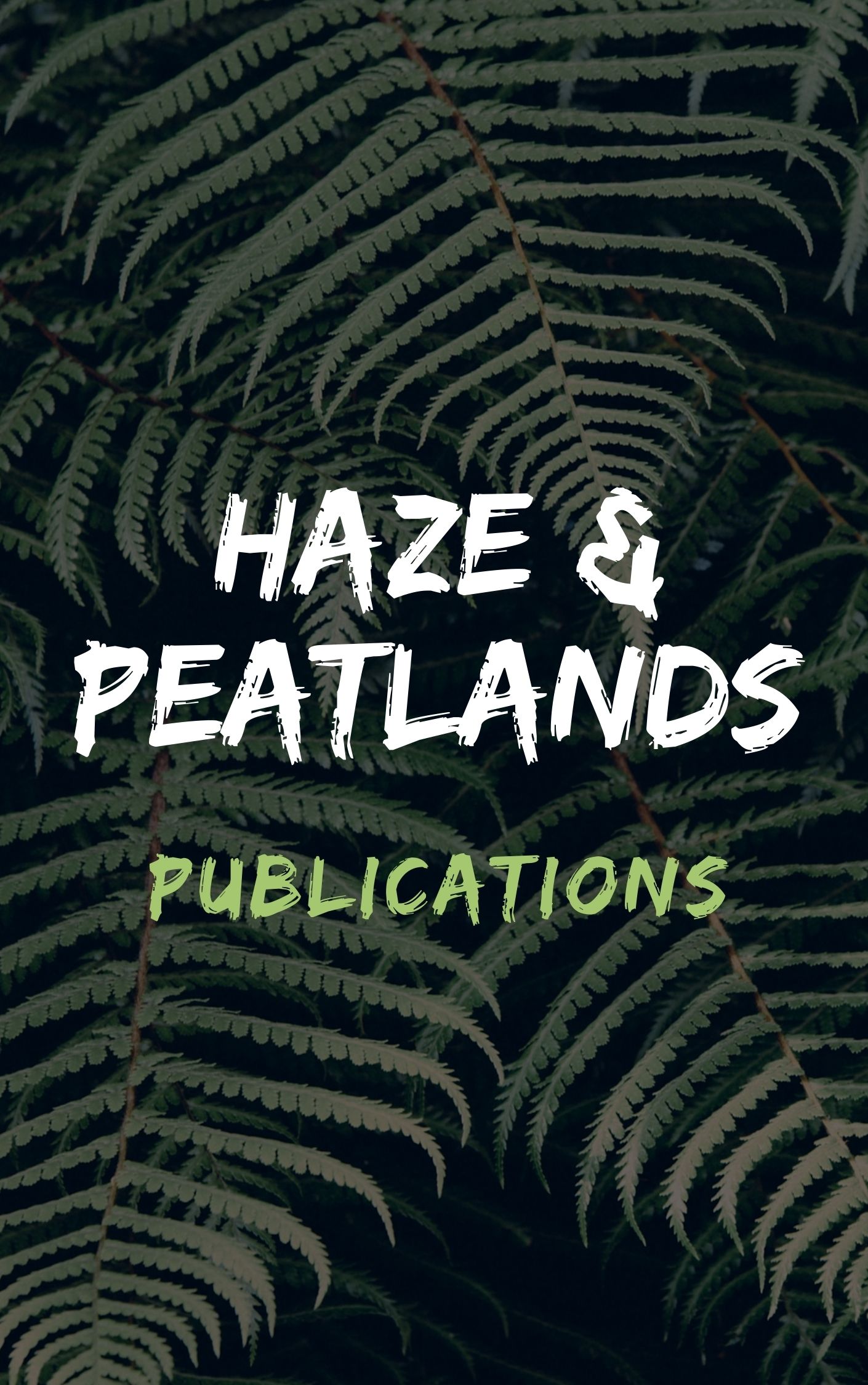Transboundary haze pollution from smoke from land preparation fires has become a perennial problem in Indonesia, especially in the last 10 years during the dry season. Most of that smoke originates from illegal land preparation fires for oil palm and industrial forest plantation as well as from shifting cultivation, which is usually blamed for the smoke. In order to understand the role of fire in shifting cultivation areas dominated by peat soils, research was conducted during the dry season of 2001 on land belonging to the community of Pelalawan village, Pelalawan district, Riau province, Indonesia. The research showed that burning did not affect all peat areas equally. No peat was burned on a fibric site, while burning on a hemic site varied in depth from 6.0 cm to 12.6 cm, and on a sapric site from 15.4 cm to 31.9 cm. Further, on the fibric site only phosphorus increased significantly following burning, while on the hemic only the base saturation increased; on the sapric site, however, both base saturation and phosphorus increased compared to the condition before burning. These data show that if fire is continues to be used for land preparation in peat areas, peat becomes critically endangered. © 2007 Springer Science+Business Media, B.V.
View source

